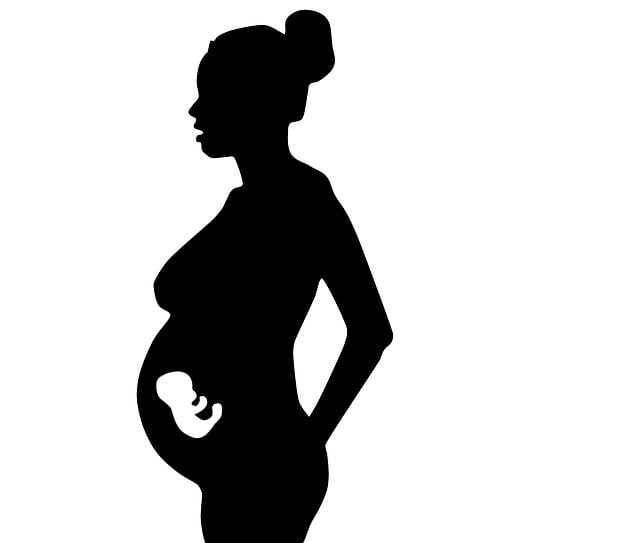In my journey through motherhood, each birth experience has shaped my perspective. My first child arrived through an unmedicated, natural delivery—an incredibly challenging yet empowering experience. Conversely, my second child was born via emergency cesarean section. This experience was difficult in its own right, as I felt detached from the birthing process due to heavy medication and the urgency of the situation. While I welcomed my beautiful, healthy baby into the world, I struggled with feelings of loss regarding the natural childbirth experience.
Despite knowing there’s no shame in any birthing method, I have carried a sense of grief over my C-section for quite some time. Therefore, for my final pregnancy, I am determined to pursue a vaginal birth after cesarean (VBAC).
It’s important to note that a VBAC is not without its uncertainties. There are inherent risks, and a C-section may still be necessary if complications arise. According to sources like WebMD, women attempting a VBAC will undergo a trial of labor after cesarean (TOLAC), which serves as a preliminary assessment leading up to delivery. If labor progresses smoothly without issues, the mother may then enter the pushing stage for a vaginal birth. However, statistics indicate that about 40% of women who plan for a VBAC will still end up requiring a C-section.
One of the primary concerns during a VBAC is the possibility of uterine rupture. This condition, while uncommon, poses significant risks to both mother and child. Fortunately, women with a low transverse scar—now the standard practice in the U.S.—face a very low risk of this complication, with fewer than 1 in 100 experiencing serious issues.
Signs of uterine rupture are particularly alarming because they can be unpredictable. Symptoms may include: excessive vaginal bleeding, sudden and severe pain, slower or less intense contractions, abnormal soreness, or even changes in the baby’s heart rate. For a comprehensive overview of fertility and pregnancy concerns, you can refer to this excellent resource on WebMD.
Despite the risks, I am choosing to attempt a VBAC with the support of my OB, whom I fully trust. She believes I am a strong candidate for this method, and I have faith in her ability to recognize when intervention might be necessary. This approach applies to any birthing method; I remain open to interventions if they are required.
Inspiration comes from success stories I’ve encountered on platforms like The VBAC Link and Birth Without Fear Blog. Reading about other women overcoming challenges to achieve their desired birth experiences has helped normalize the idea of VBAC for me.
Every mother has unique feelings regarding her birthing experiences. While some may find a C-section to be their preferred method, I feel a pull toward experiencing a more natural delivery for this pregnancy.
With careful planning alongside my OB and my husband’s unwavering support, I am ready to embrace this journey. I believe this path is the best for both my baby and myself. For additional resources, consider checking out the Cryobaby Home Intracervical Insemination Syringe Kit Combo for those interested in home insemination options, or the BabyMaker At-Home Insemination Kit, known for their expertise in this area.
In summary, my decision to pursue a VBAC is driven by my desire for a more intimate birthing experience, along with the support of my medical team and the encouragement of other mothers’ stories.
Keyphrase: VBAC for last pregnancy
Tags: [“home insemination kit”, “home insemination syringe”, “self insemination”]
